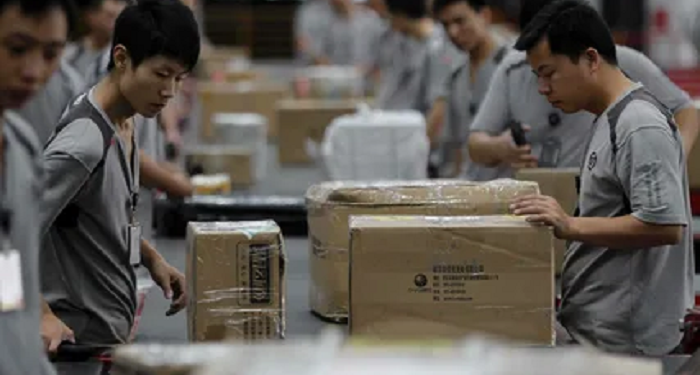With the continuous optimization of anti-epidemic measures in China, enterprises from many regions of the country, with the support of local governments, are sent to Europe, Japan, Southeast Asia and other countries and regions to develop new markets, attract foreign capital and stimulate the stable development of foreign trade.
In 2022, faced with challenges such as a new wave of the epidemic, weakening external demand and fluctuations in exchange rates, China has taken a number of measures aimed at strengthening support for foreign trade enterprises and stabilizing production and supply chains. China’s foreign trade shows good flexibility in development. In the first 11 months of this year, the volume of China’s foreign trade in goods increased by 8.6% year-on-year to 38.34 trillion yuan. In particular, an increase in exports of high-tech products was noted.
At the Central Meeting on Economic Work that ended on December 16, it was noted that in 2023 China will continue to develop exports that play a supporting role in the country’s economy, actively expand imports of advanced technologies, key equipment and energy resources, and make more efforts to stabilize the scale of foreign trade and optimize its structure.
Along with this, the intensity of attracting and using foreign investments will be increased. Access to the market will expand, the level of openness in the modern service sector will increase. China will introduce a national regime for enterprises with foreign capital, guarantee the participation of such companies in public procurement, tenders and the development of standards in accordance with the principles of equality and legality. The most convenient conditions will be created for foreign entrepreneurs coming to China to negotiate commercial investments.

















